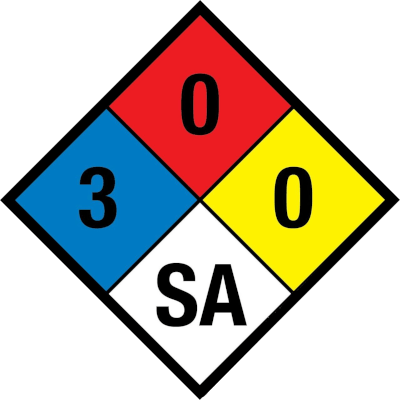 Examelot
Examelot
Report a problem
The CWEA Environmental Compliance Inspector (ECI) exams are designed for people currently working as, or aspiring to become, Environmental Compliance Inspectors in California.
The exams are administered by the California Water Environment Association (CWEA), a professional organization dedicated to wastewater professionals in California.
The CWEA ECI exams are categorized into four grades: Grade 1, Grade 2, Grade 3, and Grade 4:
While CWEA certification isn't mandatory for a job as an Environmental Compliance Inspector, it can help you get a job and can also lead to a pay raise and other benefits.
